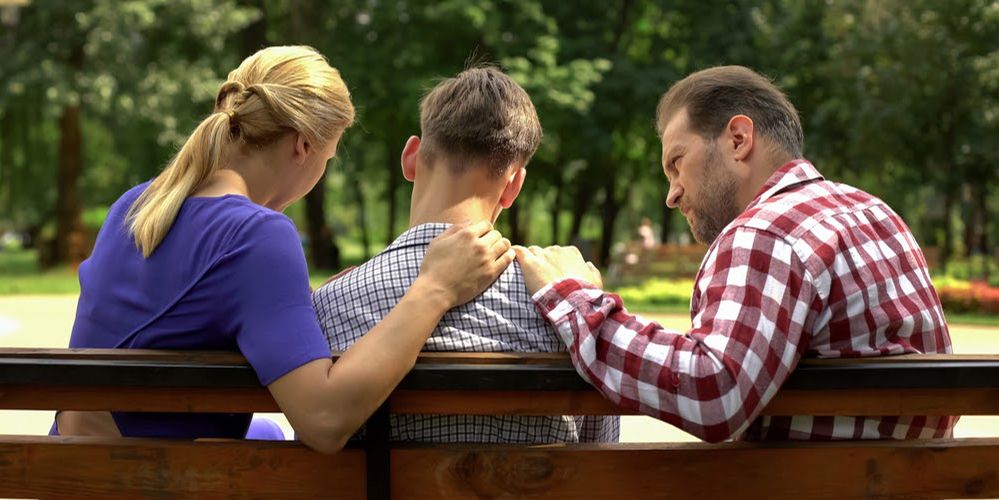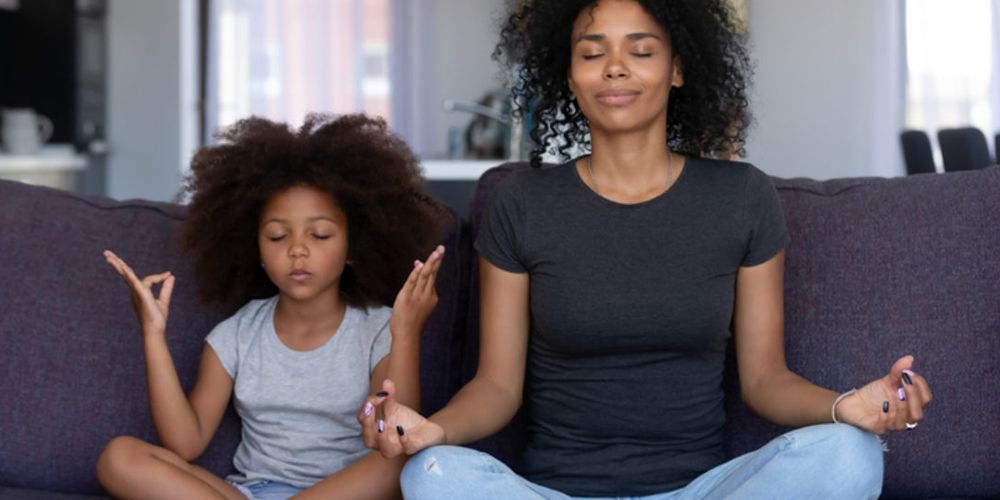As children grow and develop, they exhibit many different behaviors and coping mechanisms that are often a mystery to parents. It is easy to wonder if your child’s actions are the routine trials of development or if something more might be happening.
From the meltdowns that seem to have no simple explanation to fears that appear unfounded in reality; anxiety disorders may provide one possible explanation.
Recognizing your child’s cues, managing your responses, and seeking treatment early can help you and your young person manage anxiety and panic disorders. Research shows that early parental involvement can improve a child’s response to treatment and reduce anxiety levels significantly.
Prevalence of Anxiety and Panic Disorders in Children
According to the Child Mind Institute, anxiety may affect almost 1 in 3 children and adolescents, yet 80% never receive help. One of the reasons for this is that signs often go unrecognized. Anxiety is often mislabeled as ADHD or other behavioral disorders, especially in young children.
Panic disorders in childhood are rare. Less than 1 per 50 children under the age of 14 experiences panic disorders. In adolescence, that number jumps to about 5 per 50 with females being affected more frequently than males.
Anxiety Can be Normal and Healthy
Anxiety is a normal response to a perceived threat in the world around us. Essentially, it is what has kept us alive as a species. In nature, anxiety and fear helped us learn to avoid things that would hurt us.
Anxiety disorders develop when the region of the brain responsible for our fight or flight mechanism – the amygdala – is overactive and dominates the more rational part of the brain.
In children this is even more challenging because the reasoning part of the brain is only beginning to develop.
Anxiety becomes unhealthy when it creates a pattern of avoidance behaviors to activities that are necessary for typical development, education, and healthy mental growth.


Signs and Symptoms of Anxiety Disorder in Children
There are many different types of anxiety and the symptoms can be as diverse as the children who experience them. This is one of the reasons anxiety disorder is often missed.
Physical symptoms can include:
- Complaining of stomach aches and headaches, especially to avoid the anxiety-provoking activity (trigger);
- Fidgety, distracted behaviors;
- Sleeplessness or excessive fatigue.
Behavioral signs can include:
- Irritability and anger;
- Extreme fear about specific things or situations;
- Intense worry about the future or very bad things happening;
- Being very afraid of places with large groups of people;
- Excessive fears about being separated from parents or caregivers.
Verbal cues that your child may use to describe anxiety might include words like nervous, shy, worried, afraid, scared, or insecure. It is important not to dismiss your child’s expression of fear as unreasonable, but to ask more questions to try to understand what your child is really feeling.
Signs and Symptoms of Panic Disorder in Children
According to the American Academy of Childhood and Adolescent Psychiatry, panic disorder is characterized by panic attacks and is described as, “having unexpected and repeated periods of intense fear or discomfort, along with other symptoms such as a racing heartbeat or feeling short of breath.”
Panic attacks can come on very suddenly and can last from minutes to hours. If you have never experienced a panic attack yourself it is very hard to imagine why your child can’t just “calm down.” To gain a little insight watch this video from SoulPancake.
The explanation takes us back to the brain. The very chemical processes that keep us alive in dangerous situations, can trick our brain into believing we are really in extreme danger when we are not.
With treatment, panic attacks can be minimized or even stop over time. A key component in managing the onset of panic attacks is learning how to recognize and control anxiety.
Treatment for Anxiety and Panic Disorders in Childhood
If you see symptoms or behaviors in your child that concern you, the first trip should always be to your pediatrician, nurse practitioner, or primary care provider to rule out any potential medical condition.
Your medical provider may diagnose your child with anxiety and/or panic disorder. It is important to remember that a diagnosis is not a label, it is a signpost that tells you what your child needs to be successful.
Medications can be effective but not in all cases. Your medical and mental health providers can be your best allies in making a decision about whether or not medication is right for your child.
One of the most effective treatments for anxiety and panic disorders in children and adolescents is Cognitive-behavioral Therapy or CBT. In CBT, a therapist will help you and your child identify and recognize the fears (triggers) that are causing the anxiety.
Young people with anxiety tend to avoid situations or things that they fear. Therapy often focuses on slow methodical exposure to the trigger while helping the child learn techniques to develop control over their brain.
Over time, young people can learn to rely on their strengths to overcome their fears and develop healthy coping mechanisms. These strengths will support your child through their anxiety triggers and many other life challenges.


Some tools that successfully help children avoid anxiety triggers include:
- Mindfulness: Anxiety is often focused on bad things that happened in the past or fear of things that can happen in the future. Helping a child bring their mind to the present often diffuses the feedback loop in the brain that causes anxiety. One way to do this is to help your child focus on their senses: What are you touching right now, what are you smelling, what are you tasting, what are you seeing, and finally what are you feeling?
- Environment: Structured, consistent, safe, and predictable environments decrease anxiety. For example, consistent bedtime routines and a healthy diet help your child with emotional regulation.
- Communication: Manage your own stress and talk about your personal journey with anxiety. You can help your child communicate about his or her feelings by being open about times you experience anxiety.
The best time to talk to your child or adolescent about their fears or triggers is when they are calm and happy, not in the middle of crisis. Think about yourself – are you the most rational person when your heart is pounding, your mouth is dry, and you are feeling completely overwhelmed by a situation? Your child is just as afraid of what he or she is experiencing as you are as a parent witnessing it.
The good news is that with some support and a few tried and true techniques, you and your child can thrive, not merely survive in a life with anxiety and panic disorders.



